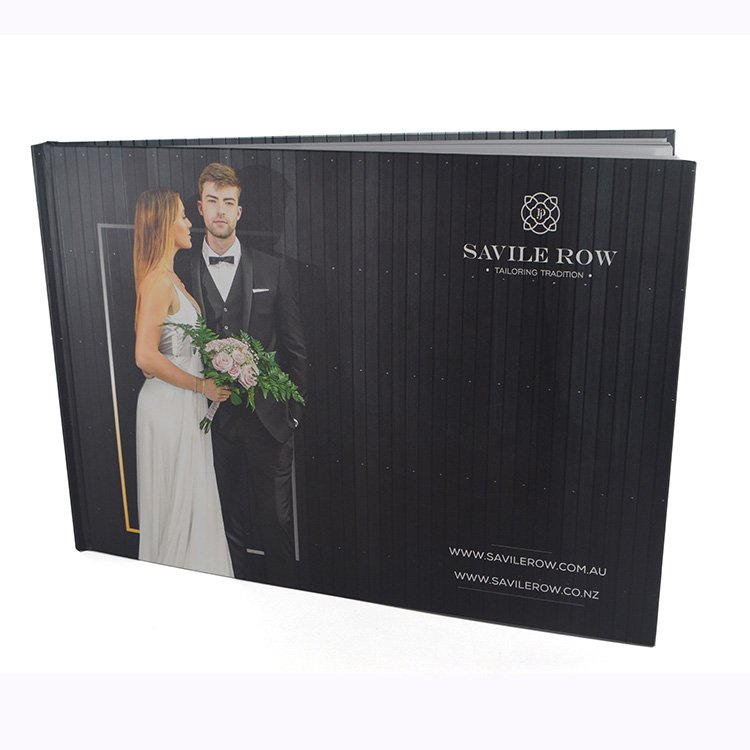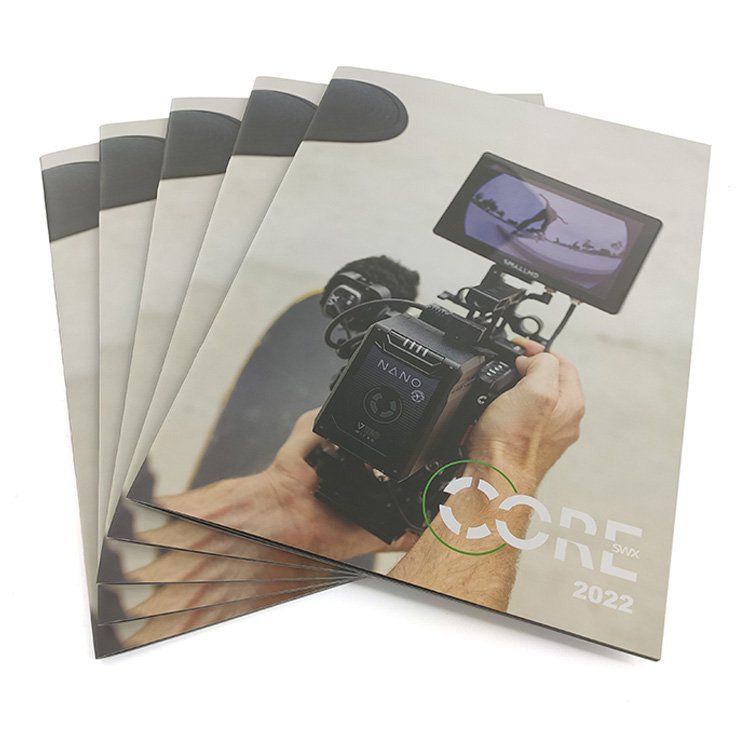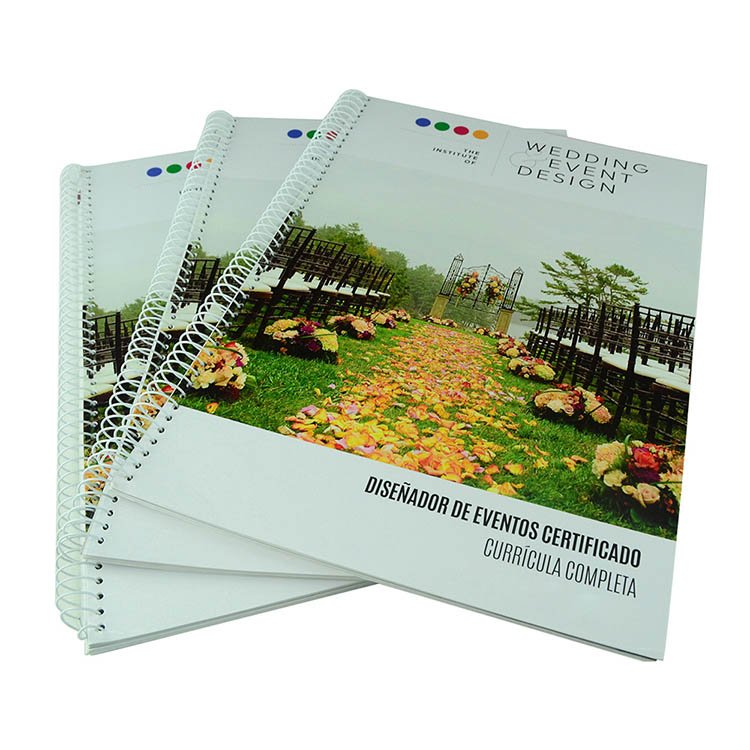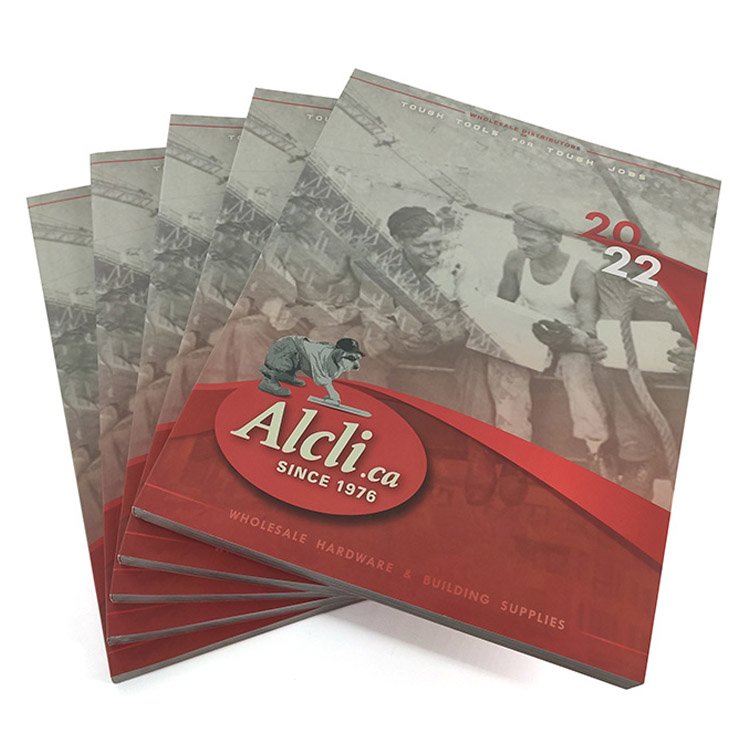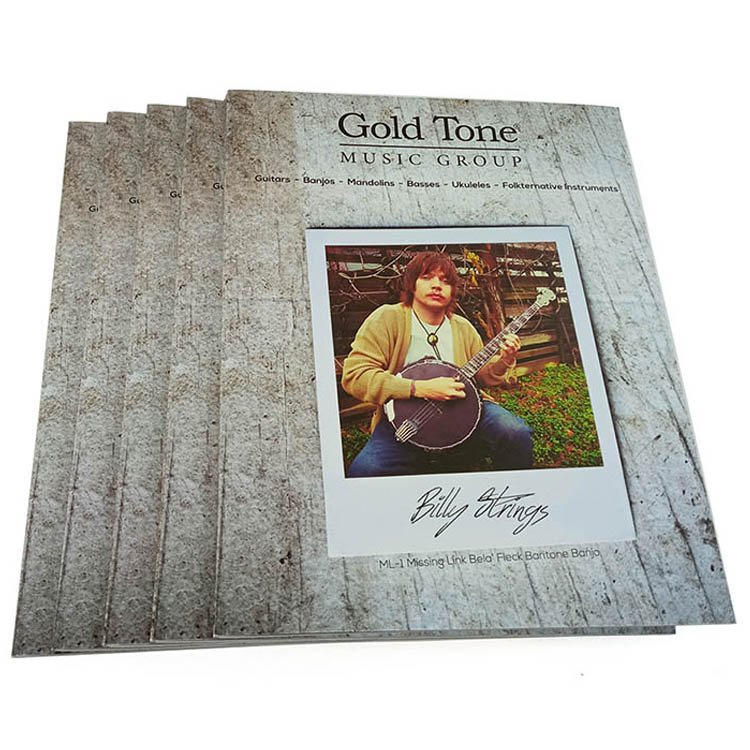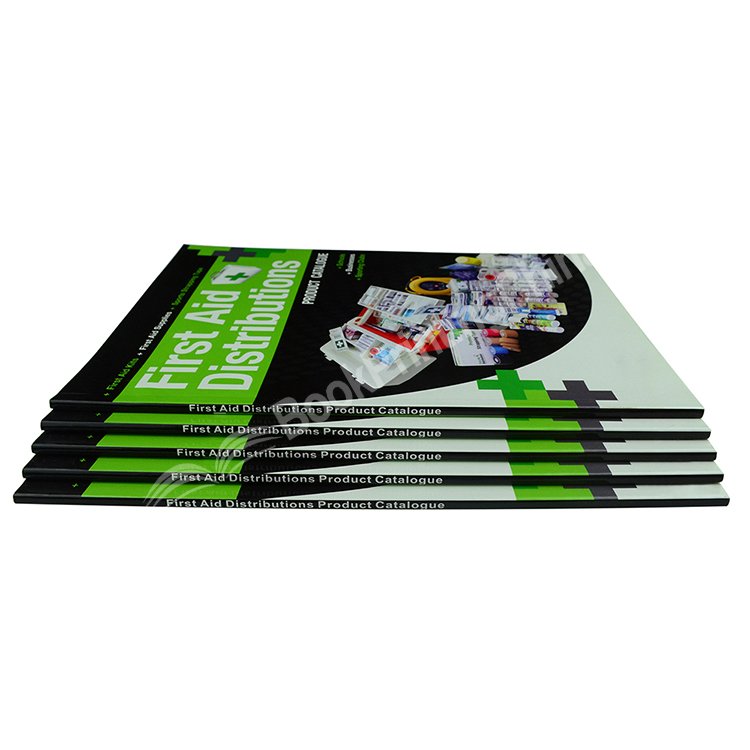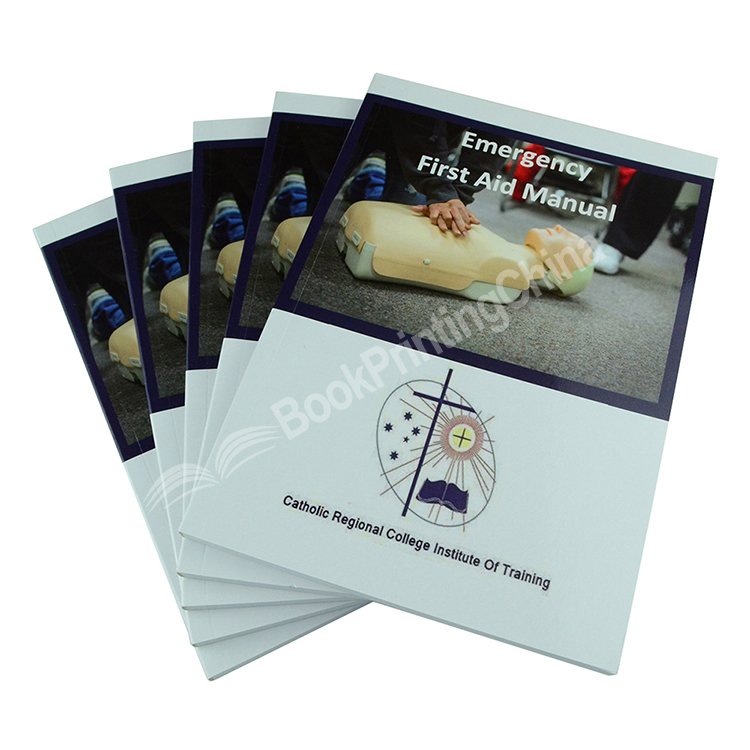Contact Us
(888) 595-0219
Liberty Plaza 165 Broadway Lower Manhattan, 7th Floor, NY, 10006, USA
Catalog Printing
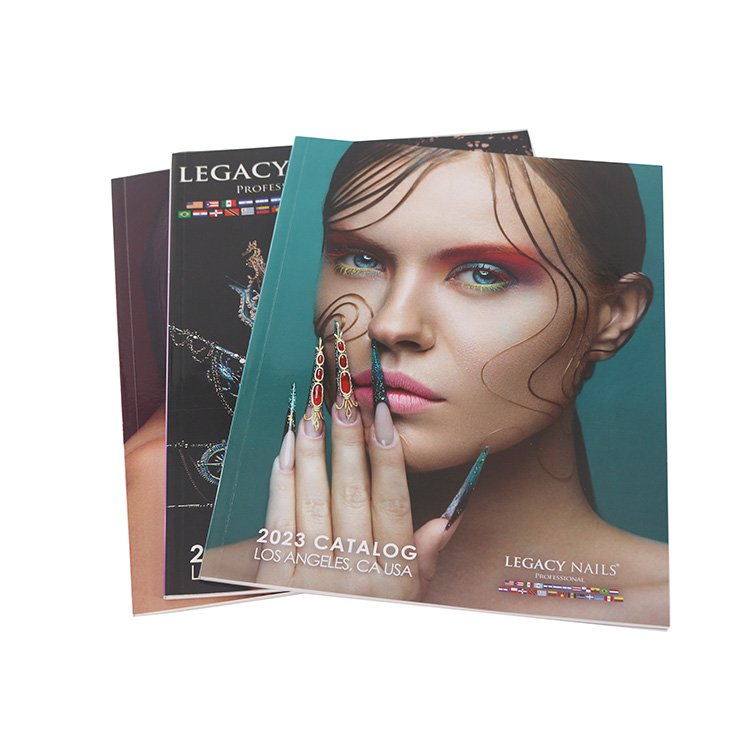 Custom Professional Catalog Printing
Custom Professional Catalog Printing
Catalog printing is an important part of marketing and advertising. As it allows businesses to present their products or services in a visually appealing way. Prime Printings provides different options available for creating a successful printed catalog and make your catalog stands out from the crowd.
- ☑ Competitive price
- ☑ A wide range of customized options
- ☑ Professional quality printing
- ☑ Truly customer-centric customer service
- ☑ Fast delivery
- ☑ Worldwide shipping
Paper Options
When custom catalog printing, choosing the right paper stock and weight can make a huge difference in the overall quality of your printed catalog. Depending on the look you’re going for and the budget you have to work with. There are a variety of paper stocks available that will give your catalog a professional finish.
For most catalogs, glossy or matte art paper is best. Glossy paper offers excellent image resolution and vibrant colors. But matte art paper provides a good balance between image quality and durability. If budget is an issue, uncoated paper can be used instead. For more expensive projects such as product guides or annual reports. Heavier weight papers such as coated boards are recommended for their superior durability and presentation quality.
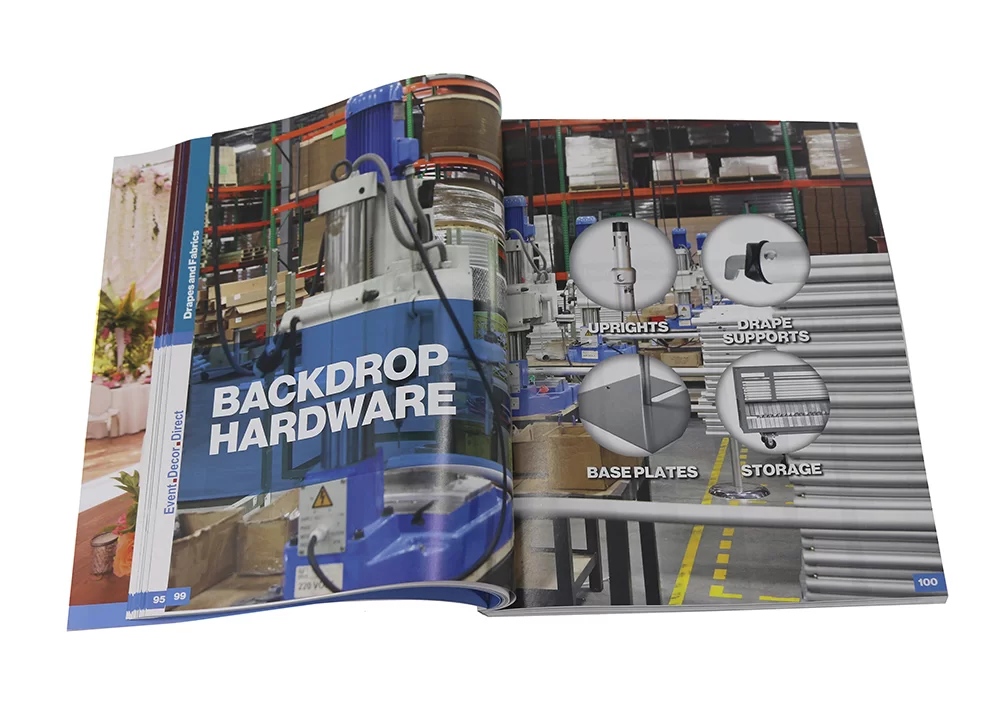 |
 |
| Glossy art paper | Matte art paper |
The weight of the paper you choose can also affect the cost and feel of your printed catalog. Generally speaking, lighter weight papers such as 58 lb cover stock are less expensive than 74 lb cover stock. But may not provide enough rigidity for certain applications like booklets or brochures. Heavier weights such as 92 lb cover stock offer more stiffness but tend to be pricier.
When selecting a paper stock and weight for your printed catalog. Consider factors like budget constraints, intended use, and desired look/feel (e.g., glossy vs matte).
Additionally, if you’re looking to make sure your catalog stands out from the crowd with an eye-catching design. Consider adding glossy/matte lamination, foil stamping, spot uv or embossing for extra visual impact. Below are some case for your reference, more finishing options, please contact us to discuss or refer our "cover options".
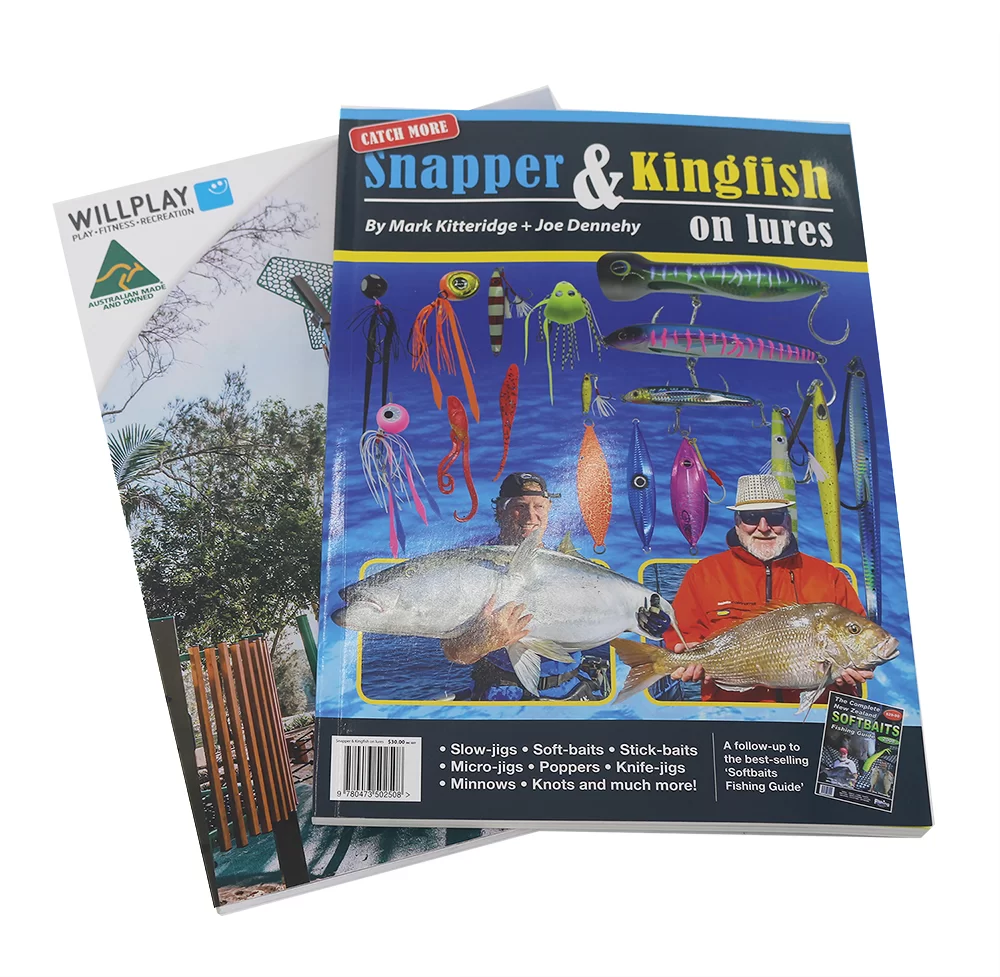 |
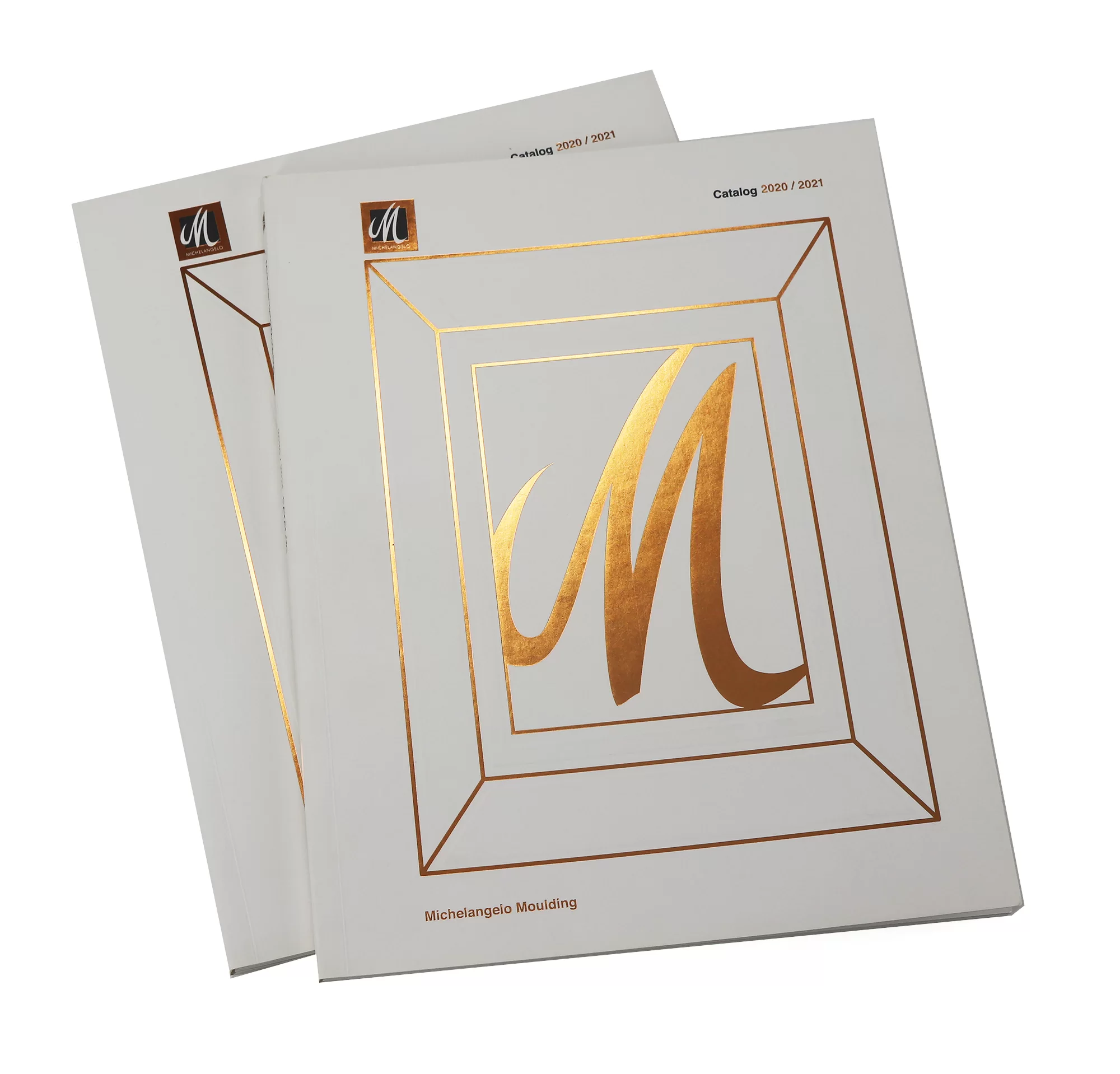 |
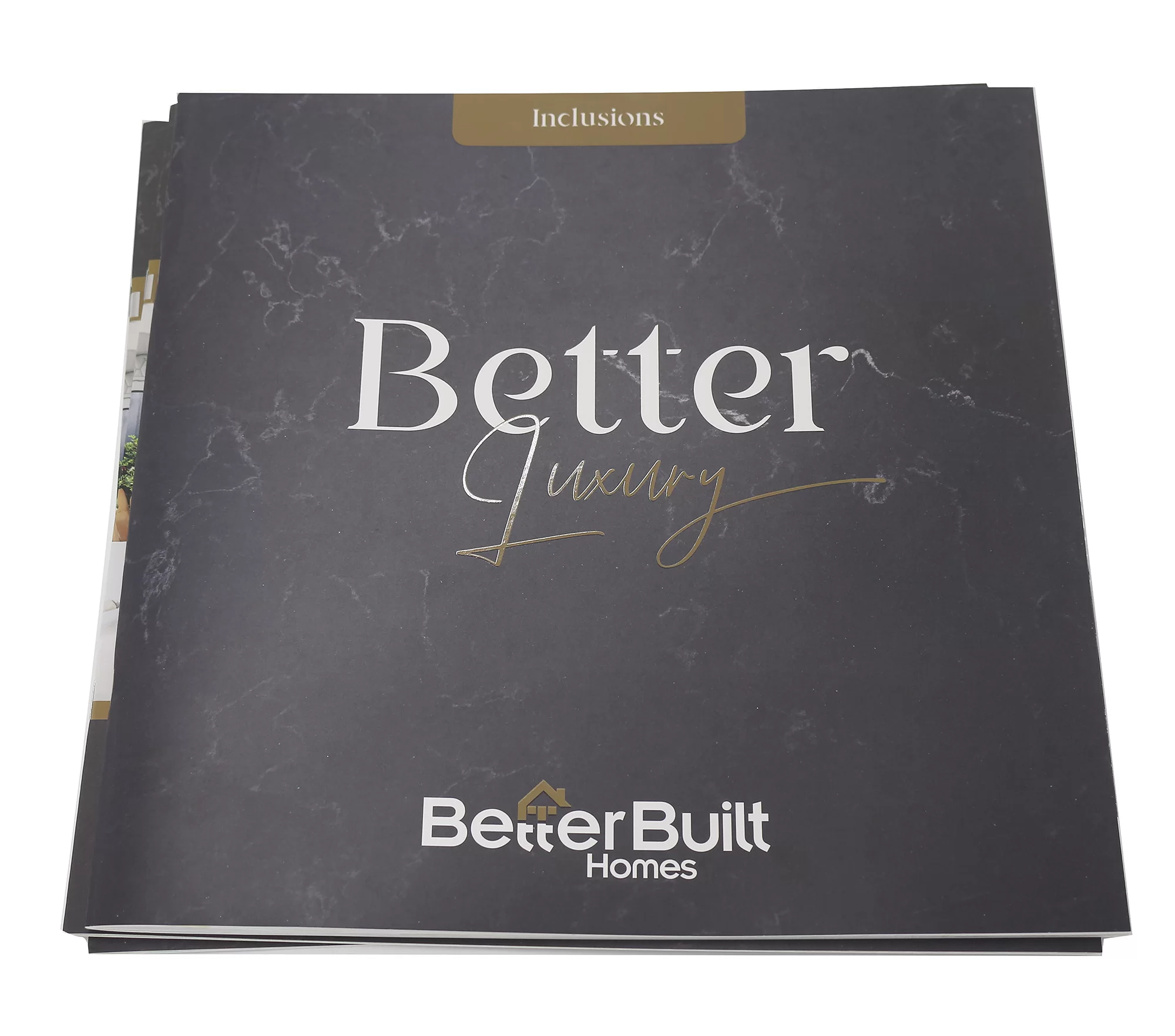 |
| Glossy/matte lamintaion | Foil stamping | Spot UV |
With all these options available at hand when it comes to choosing a paper stock and weight for your printed catalogs. It’s important to choose wisely based on what best fits within your budget constraints. While still achieving the desired look/feel of your finished product.
Common paper and weight for printing catalog
Hard cover
- 157gsm/58 lb coated cover paper wrapped on 2 mm gray board
- 157gsm/58 lb coated cover paper wrapped on 2.5 mm gray board
- 157gsm/58 lb cotaed cover paper wrapped on 3 mm gray board
- Other material wrapped on gray board
| Soft cover | |
|
|
|
|
|
|
|
|
|
|
|
|
|
|
|
|
Catalog Size
When it comes to catalog printing, the most popular size is A4 (8.27" x 11.7"). A4 is a standard size that’s often used for magazines, brochures, and catalogs. It’s a good fit for many types of projects that require large-format printing. For those looking for something larger than A4, popular sizes include A5 (5.83" x 8.27") ,8.5" x 11".
For those in the U.S., the standard size for catalog printing is 8.5" x 11" - this size can be printed both single-sided or double-sided depending on your needs. Customized oversize is also an option if you need more space to showcase your products or services.
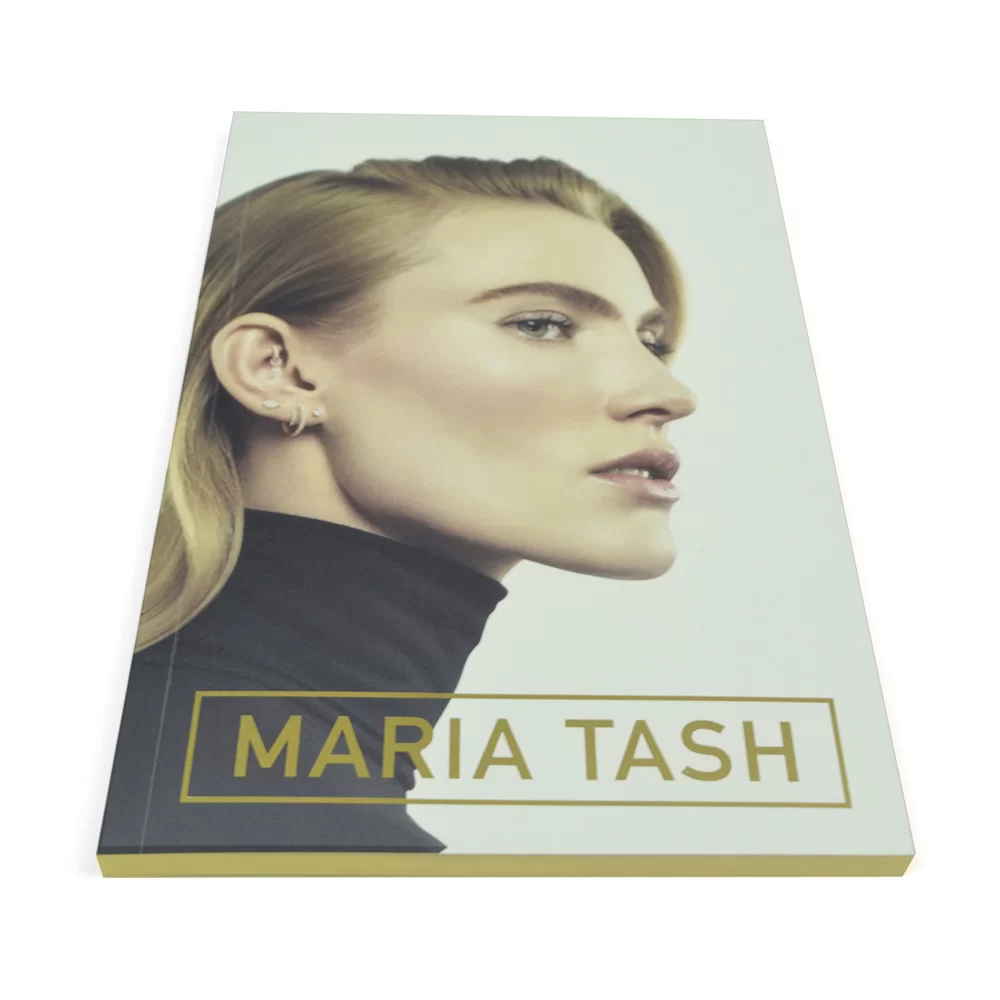 |
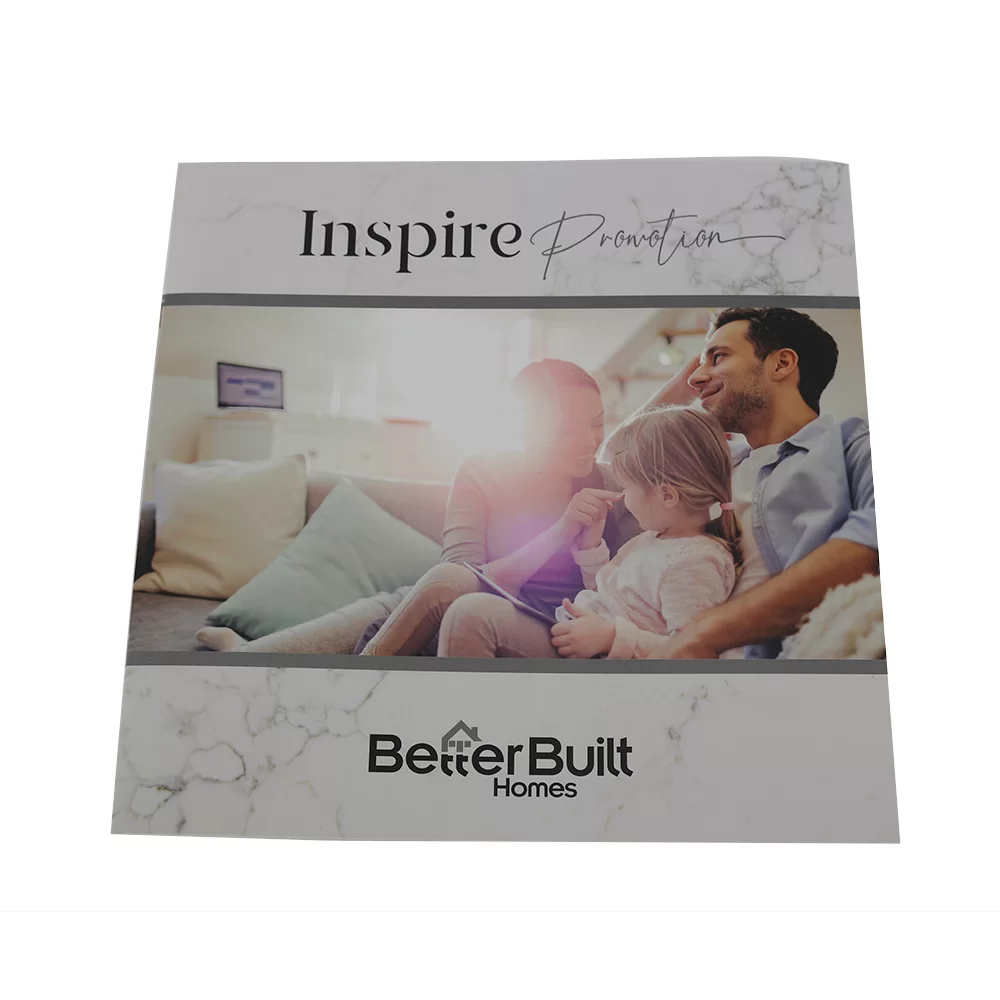 |
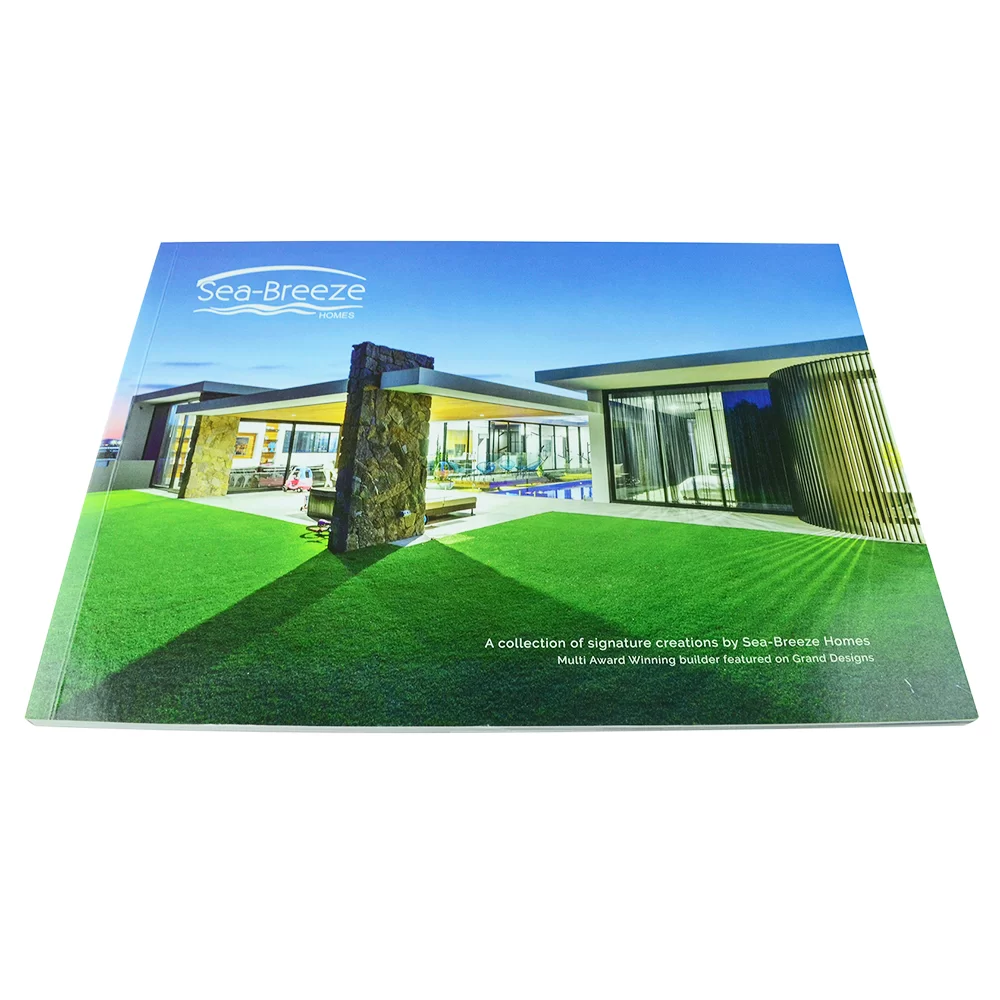 |
| Portrait size | Square size | Landscape size |
No matter what size you decide on for your catalog printing project. There are several common printing options available for an eye-catching finish: full color to capture attention with vibrant colors and graphics; double sided to maximize page count; glossy finish to give extra shine; and uncoated matte paper for a softer look and feel that won’t reflect light from overhead lighting fixtures or windows.
Also, depends on your catalog design and personal needs, you can custom other elements in your catalog, like cut tabs, add material sample, punch hole, ribbon bookmarks, etc.
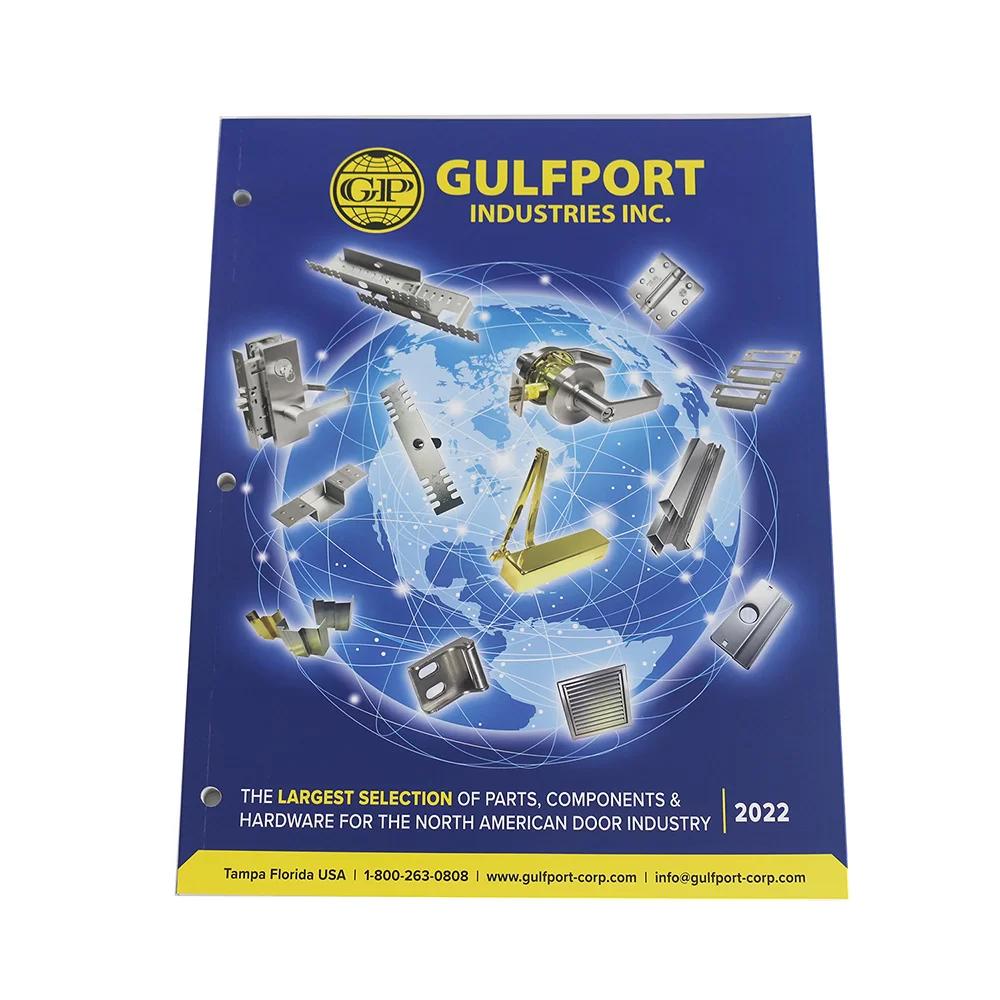 |
 |
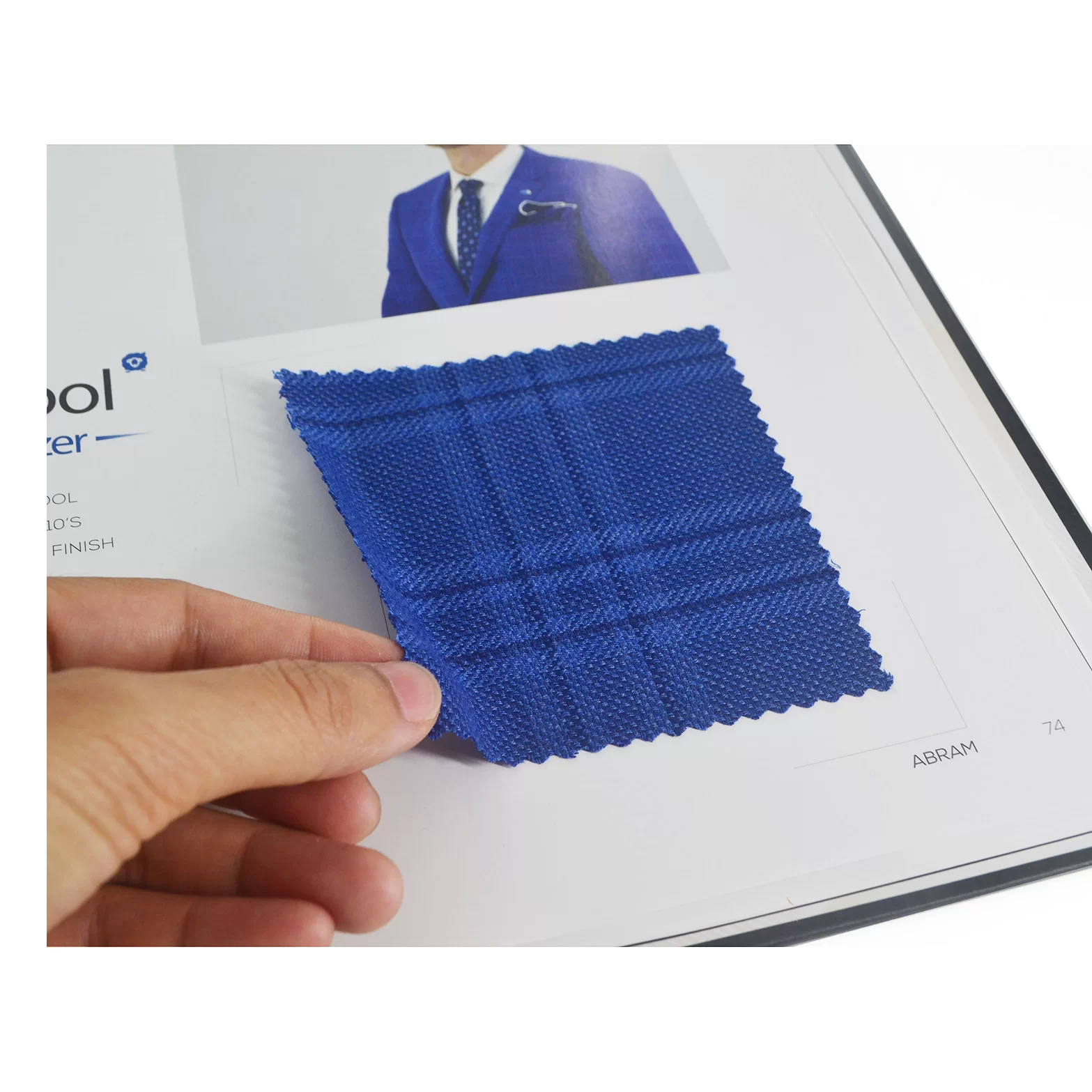 |
| Punch hole | Cut tabs | Paste samples |
Choosing the right size and finish are important parts of creating an effective printed catalog. Consider your budget as well as the purpose of your project when deciding which paper stock, weight, size, and finish best suit your needs - this will help ensure that you get the most out of your catalog printing experience!
Binding Options
When printing catalog, there are many binding options available to choose from. Depending on your budget and the purpose of your project. You can opt for one of the following binding methods: saddle-stitch binding, perfect binding, spiral binding, wiro binding or hardcover binding.
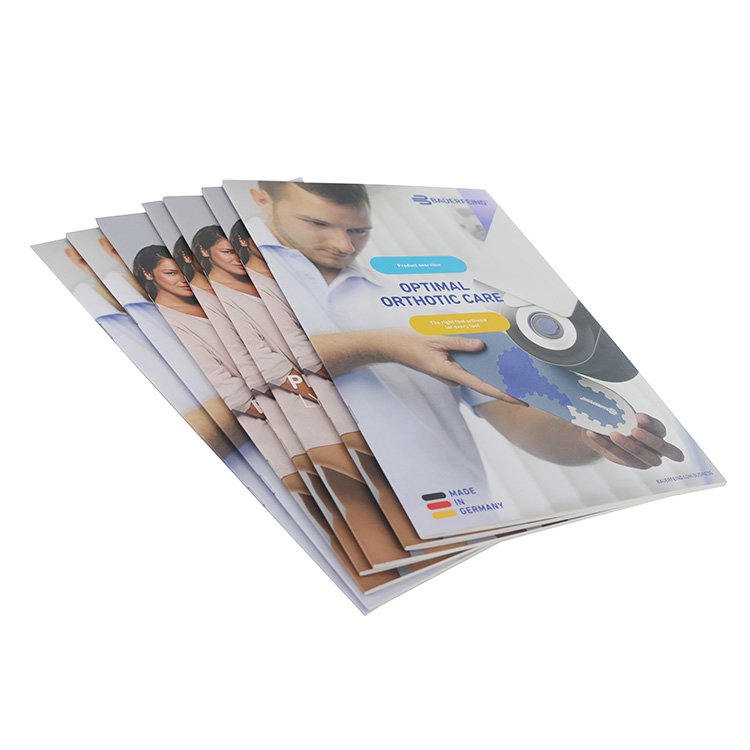 Saddle-stitch binding
Saddle-stitch binding
Saddle-stitch binding involves stapling the pages down the middle spine of the book. This is a cost-effective option for smaller catalogs with fewer than 48 pages. It also has a quick turnaround time since no special equipment is required. However, if you have a thicker catalog with more than 48 pages or want to create a professional look and feel, consider opting for one of the other bindings instead, like perfect binding.
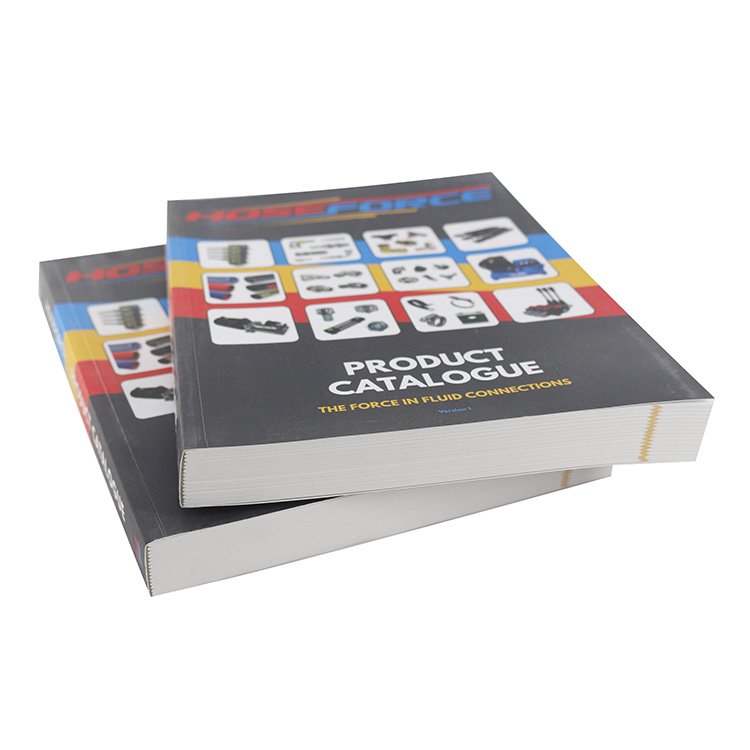 Perfect binding
Perfect binding
Perfect binding involves gluing or sewing all the pages together and then glued at the spine and covering it with a wrap-around cover. This type of binding is perfect for creating high quality catalogs that are thicker than 26 pages. It does take longer than saddle-stitching though since special equipment needs to be used to glue all the pages together securely before adding on the cover.
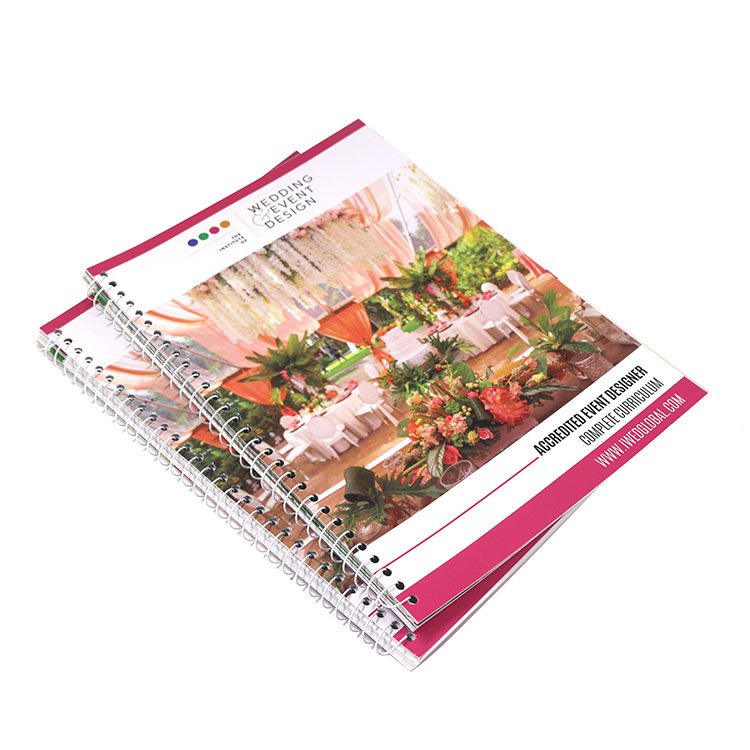 Spiral binding
Spiral binding
Spiral binding involves looping a metal or plastic coil through punched holes along the spine of your catalog which allows it to open flat when laid out on a surface. Again this is suitable for catalogs thicker than 4 pages. But will take longer due to its intricate nature as well as needing specific equipment in order to carry out correctly.
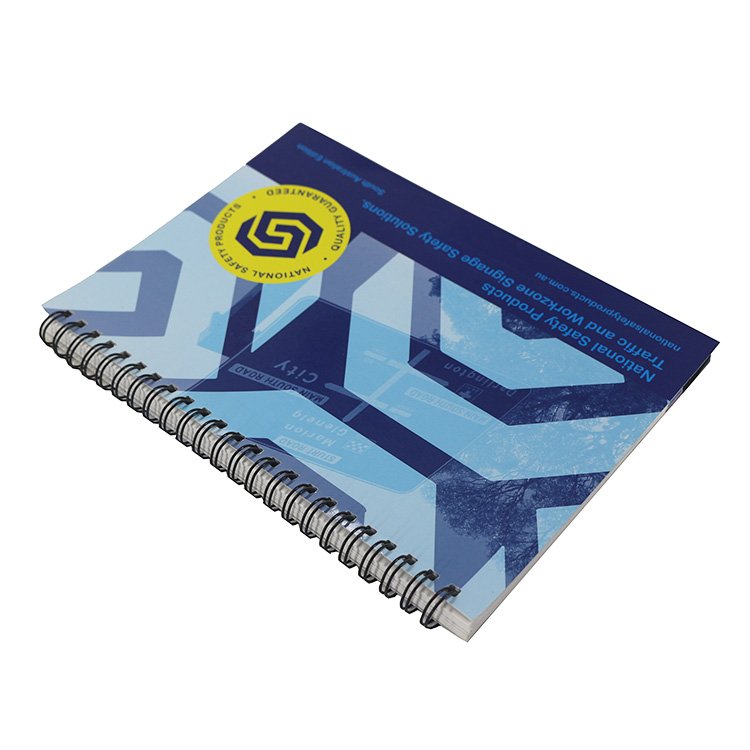 Wire-o binding
Wire-o binding
Wire-o binding uses two metal posts inserted into punched holes along the spine and connected with metal wire coils running through them which keeps all your printed sheets together securely. While still allowing them to open flat when laid out on any surface like spiral binders do. Wire-o binding is ideal for product catalog, wedding album catalog, etc.
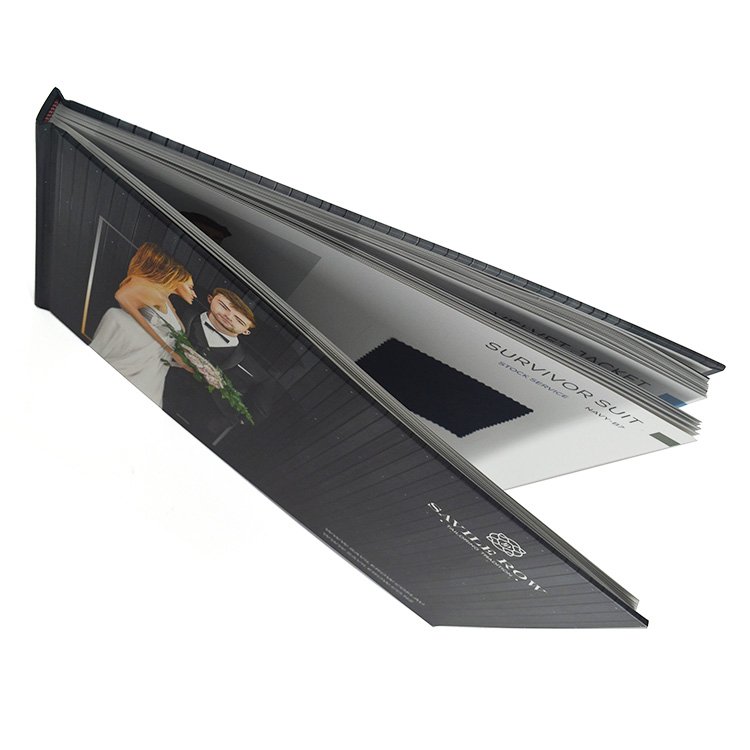 Hardcover binding
Hardcover binding
Finally Hardcover binding offers an extra layer of protection and durability by sewing each page together and then glue on cardboard, cloth or leather depending on what style you’d like. But this tends to be more expensive due its higher labour cost. So should only be considered if absolutely necessary as it can become quite costly quickly!
Artwork Design Tips
When designing artwork for catalog printing, it is important to create a bold design that grabs attention. Bright colors and eye-catching images will draw readers in, while consistent font size and style will make the catalog look more professional.
Utilizing high resolution images (at least 300dpi) is also key to creating a crisp, polished look. Additionally, setting bleed (3mm/0.125") ensures that all elements of the design are printed clearly and accurately.
It is important to remember that artwork should be transferred in PDF file format for optimal printing results. It is also essential to use CMYK color instead of RGB color as this will ensure the colors print exactly as they appear on screen. Finally, don’t forget to include a call to action such as “Order now” or “Visit our website” to encourage readers to take action after reading your catalog.
These tips can help you create an effective printed catalog that stands out from the competition and grabs attention. By following these guidelines, you can make sure your catalog looks professional and polished and it resonates with its intended audience.More tips, please refer “artwork” page.




